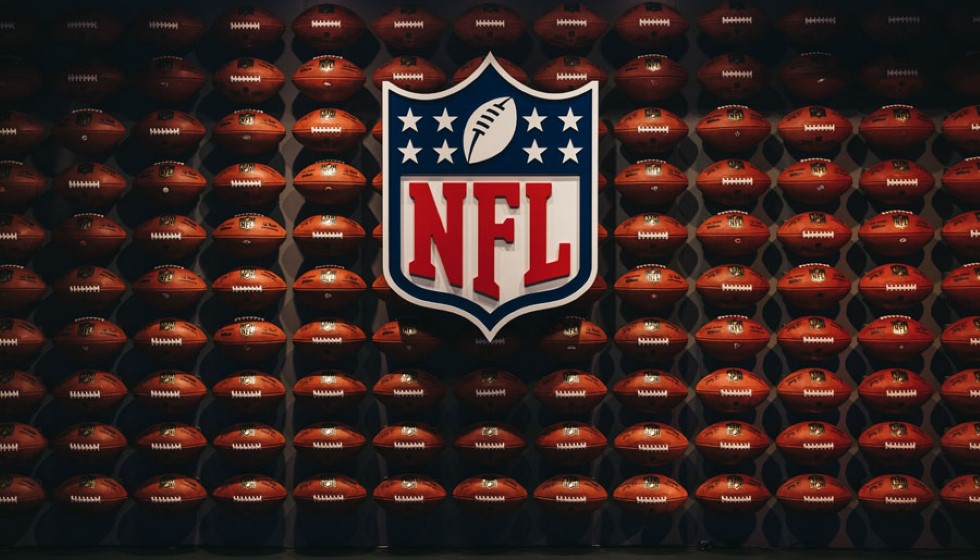
The Kansas City Chiefs are standing at a pivotal moment, with decisions looming over the future of Arrowhead Stadium. As the Chiefs contemplate their next steps, the franchise faces a significant choice: renovate the storied Arrowhead Stadium or construct a new facility. This decision not only affects the team but also has broader implications for the community on both sides of the state line.
A Critical Decision with Generational Impact
Chiefs president Mark Donovan encapsulates the gravity of the situation: "This is a generational decision. This is going to impact the future of this franchise for generations." The organization understands the urgency of the matter and has set a six-month deadline to finalize their plans. With the clock ticking, Donovan emphasizes the importance of thoroughness, stating, "We have to get this right. We are going to do the due-diligence. We are going to take our time and do it right. But there is a reality to the timing. You can only take so much time to get it right. And that window is starting to close."
Exploring the Options
Two main avenues are under consideration: renovating the existing Arrowhead Stadium or constructing a new stadium, with both Kansas and Missouri in the running as potential sites. Kansas lawmakers have already approved a financing plan that could cover up to 70% of the costs for new professional sports stadiums. Meanwhile, Missouri Governor Mike Parson has promised an aid plan for the teams by the end of the year. This financial backing is crucial as the Chiefs weigh their options.
Donovan elaborates on the timelines involved: "Really the deadline is how can you be up and running in a new facility or a renovated facility for January of the 2031 season." With the Chiefs committed to playing home games at GEHA Field at Arrowhead through the 2031 season, any renovation or new construction must be meticulously planned to avoid disruption.
A Broader Context
Adding to the complexity are the independent plans of the Kansas City Royals, who have decided not to pursue a joint ballot initiative with the Chiefs to extend a sales tax for facility renovations. The Royals' owner is eyeing a new downtown ballpark by the 2030 season, further emphasizing the need for the Chiefs to chart their own path.
The current state of both Arrowhead and Kauffman Stadiums is undeniably showing its age, each being over five decades old. Despite their storied pasts, these facilities require significant updates to meet modern standards. Considering the Chiefs’ ambitions to potentially host a Super Bowl, a feature like a retractable roof could be a game-changer for a new stadium.
Practical Considerations
Logistics are a significant part of the decision-making process. Donovan points out, "What we have to have is somewhere to play our games for the '31 season. To do that, we have to back up to, when do you build? If you’re renovating, how do you do it over multiple seasons while still playing there? A lot of factors go into that. We need to have options, and we need to have those options to a point of definition to make a decision."
Parking and the creation of a modern training facility are also under consideration. These elements are integral to the overall fan experience and the operational efficiency of the team. The ultimate goal is to ensure that any development aligns with the long-term vision of the franchise.
Looking Forward
The Kansas City Chiefs are at a crossroads with their decision on Arrowhead Stadium. As they navigate the complex landscape of funding, logistics, and fan experience, the choices made in the next six months will resonate for generations. The franchise’s leadership is acutely aware of the stakes and the necessity to act decisively and judiciously. For Chiefs fans and the community at large, the coming months will be pivotal in shaping the future of Kansas City's sporting landscape.